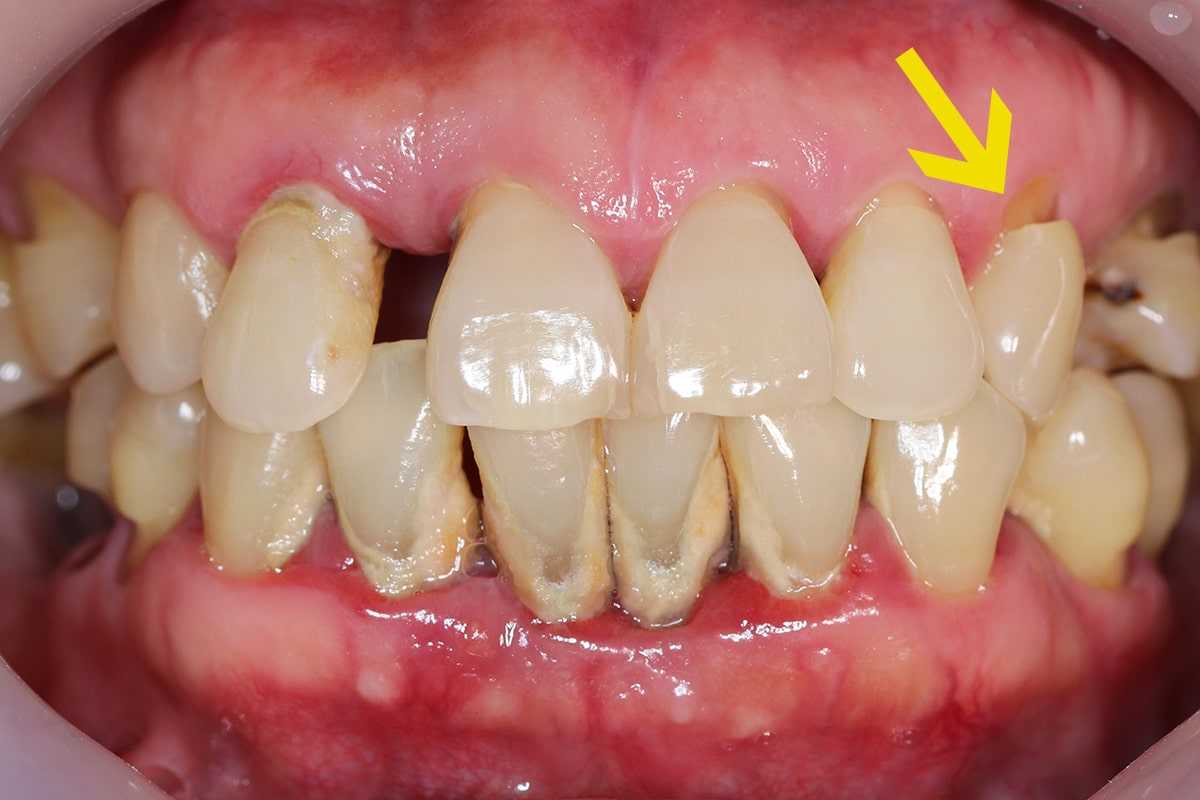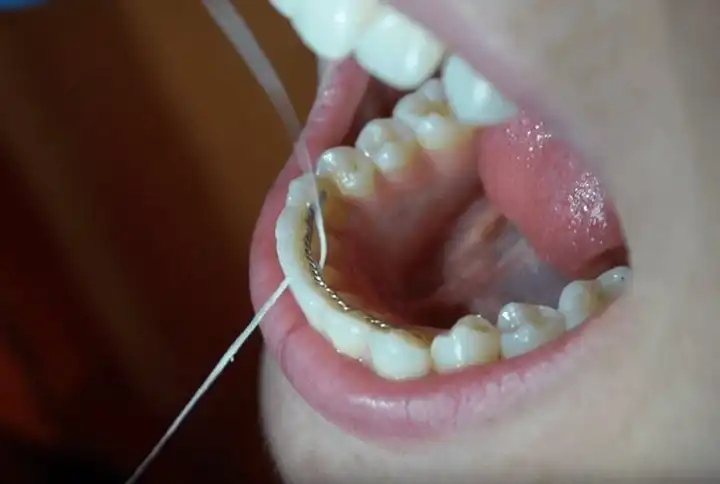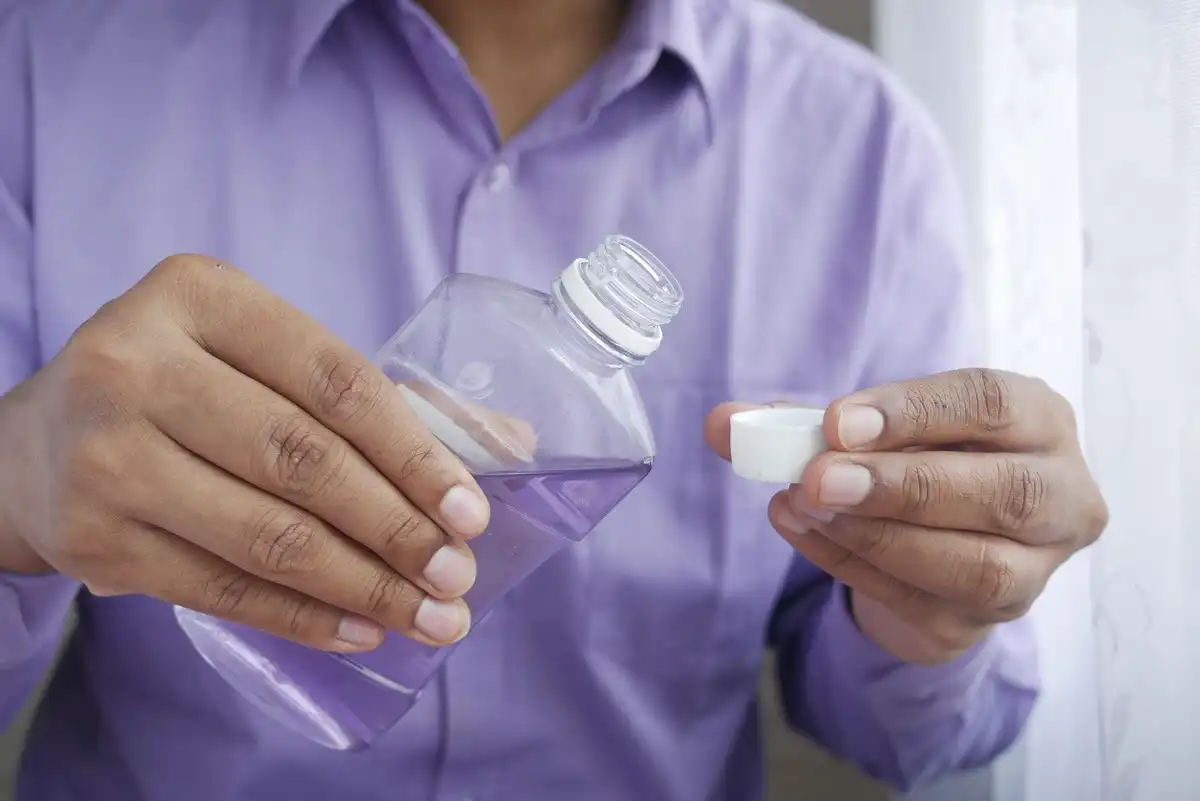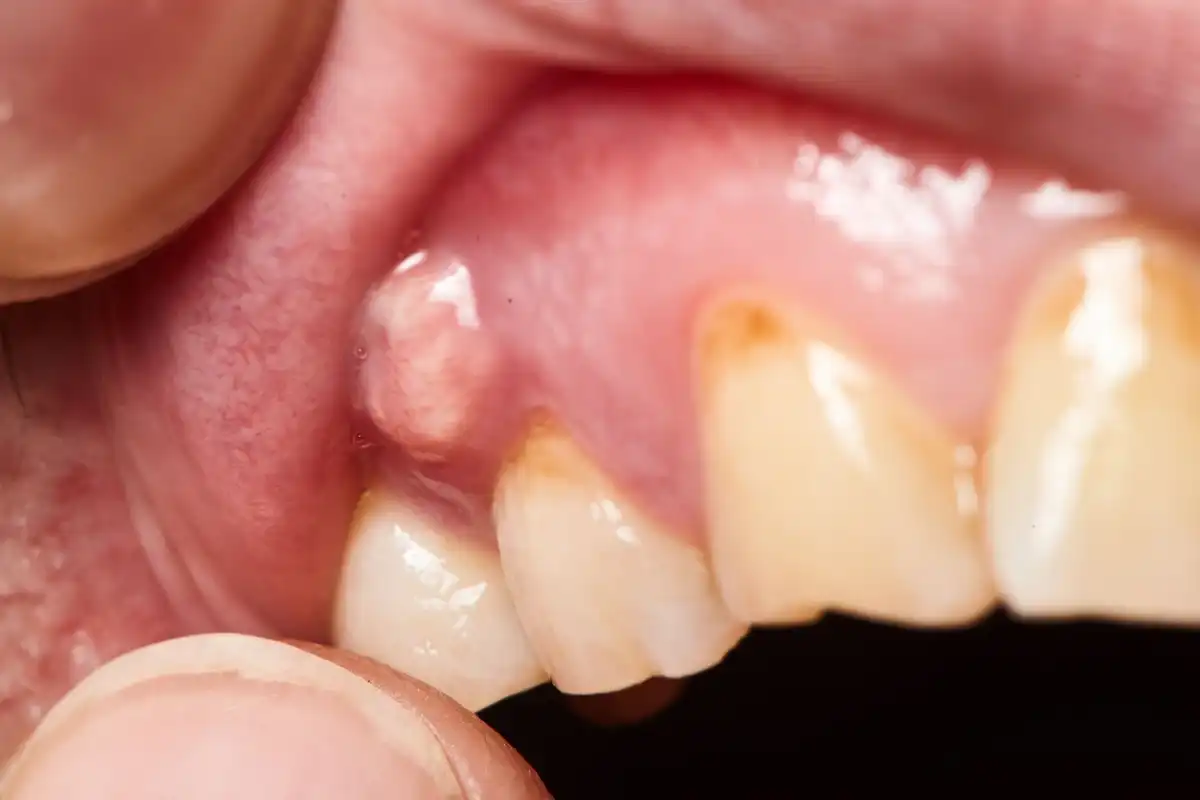6 Reasons For Gumline Cavities & How To Fix Them


A lot of people get cavities between their teeth or in the deep pits and grooves of their back teeth. It’s easy to see why; I mean, those areas are either hard to clean or don’t get cleaned at all. But there’s another spot on your teeth that is also known to get tooth decay easily: the part right next to your gumline.
Cavities along the gum line or the margin of your gum—or gumline—can happen when the circumstances are just right.
What Are Gumline Cavities?
Gumline cavities are areas of tooth decay on smooth tooth surfaces right next to the edges of your gums. Cavities at the gumline are typically considered smooth surface cavities, as they form on the sides of the teeth. Unlike cavities between teeth from not flossing or decay in the deep grooves that are hard to brush, gumline cavities are way easier to avoid.
Why? Because they start forming on easy-to-clean smooth surfaces rather than narrow crevices that you can barely reach. Unless there’s some atypical tooth anatomy involved, good oral hygiene and a little fluoride can prevent these cavities from starting in the first place.
Tooth decay next to your gums forms the same way any other cavity does. First, plaque bacteria rests on the tooth for too long or too frequently, and the acid levels begin etching away at the outermost layer of your tooth enamel.
Plaque tends to be thickest along the gumlines, so it’s super important that you clean those areas regularly. This occurs as the gum tissue, which typically shields the roots, has retreated because of gum disease, exposing the roots and making them susceptible to decay and pain.
Most gumline cavities happen either on the outsides of your back teeth (molars) or on the visible surfaces of your front teeth (incisors.)
What Causes Gumline Cavities?
Even though it’s essentially dental plaque that causes tooth decay, gumline cavities are more common in certain situations. The best way to prevent cavities from happening in the first place is to be familiar with the biggest risk factors.
Such as:
1. Gum Disease
If you have periodontal disease, your gum tissues have probably started to recede, which means your root surfaces are exposed. Tooth roots aren’t covered by tooth enamel, so they’re a lot weaker, more sensitive, and way more prone to getting cavities.
2. Poor Oral Hygiene Habits
Plaque absolutely loves to congregate right along your gumlines. If your dentist has ever used a disclosing agent on you—which dyes the plaque pink or purple—the thickest areas of buildup tend to be right next to the gums. You absolutely have to brush these areas thoroughly if you want to avoid getting cavities. My advice is to get an electric toothbrush and angle it toward your gums, then hold it there next to that tooth for a few seconds before moving to the next tooth.
Creating a SOLID routine is critical to prevent cavities! BetterMouth can help you get just that – the perfect routine for you!
3. Sugary And Acidic Foods And Drinks
The higher your intake of foods high in sugar and low on the pH scale, the more likely you are to experience enamel erosion and tooth decay. Remember, sugar doesn’t have to mean you’re eating candy. It can come from your coffee creamer or sports drinks. Eating processed carbs like crackers and bread can also lead to extra plaque buildup on teeth.
4. Dry Mouth
A lot of medications can cause dry mouth symptoms. When you have a dry mouth (xerostomia), there isn’t enough saliva to buffer your teeth or rinse away acidic bacteria. People with dry mouths tend to get far more cavities than people without xerostomia. Drinking plenty of water during the day and addressing your dry mouth symptoms will be worth it.
5. Genetics or Tooth Shape/Position
Even though most teeth have a specific shape to them, there are still exceptions to the rule. For example, you might have a groove that runs down the side of a tooth, creating a small little fissure next to the gums where plaque can accumulate. Or maybe one of your teeth is rotated, making it impossible to brush the entire area next to the gums. Preventative strategies like sealants or orthodontic treatment could be helpful!
6. Gum Recession
A risk factor for developing cavities along the gum line is gum recession. This occurs when gum tissue retracts or from the teeth, potentially exposing the tooth's root, which can result in tooth sensitivity and tooth decay.
Treating Gumline Cavities
If you have gumline cavities, you’ll want your dentist to treat them ASAP. The bad news is that sometimes those cavities can extend down under the gums, making them harder to treat with a small dental filling. Your dentist may be able to place a filling if the gum line cavity is small. But if it’s big, you might need a crown or even a root canal.
Occasionally, dentists may do what’s called “crown lengthening,” where they adjust the edges of your gum to slightly expose more tooth surface. Crown lengthening makes it possible to reach the cavity tucked under the gumlines so that your dentist can clean it out and fill that space.
If you don’t treat a cavity, it will only get bigger and deeper. Huge gumline cavities can actually cause your teeth to abscess or break off at the gums if they’re too serious. “Meth mouth” is a classic example.
When a root cavity goes beneath the gumline, complexity increases. Accessing the decayed area with just a drill or laser might be challenging for our team. In some cases, minor gum surgery could be required to effectively access and treat the cavity.
Prevent Gumline Cavities
Good oral hygiene is your first line of defense against any area of tooth decay, including gumline cavities. The big issue with cavities along your gums is that people tend to avoid brushing their gumlines where plaque is the thickest. They might do it without realizing it; maybe they’re rushing, or their lip and cheek muscles are so tight that the brush doesn’t reach their gumlines at all. Or maybe they don’t brush along their gums because their gums are bleeding.
Bleeding gums due to gingivitis or periodontal disease (gum disease) are also caused by excess plaque along the gumlines. If you don’t get rid of it every day, that plaque will eat away at your teeth and calcify into larger deposits of bacteria under your gum tissues.
People at a high risk of gumline cavity or tooth decay can ask their dentist about fluoride treatments, prescription fluoride, or over-the-counter fluoride products. Fluoride helps remineralize weak enamel, so it can essentially reverse gumline cavities before a hole starts to form.
Talk With Your Dentist
Visiting your dentist for regular checkups can help you lower your risk of cavities, including tooth decay along your gumlines. If they’re routinely monitoring your teeth, they can also screen for demineralization before a physical cavity (hole) forms in your tooth. Fluoride treatments and personalized oral hygiene plans can help you lower your chances of getting a cavity or developing new areas of tooth decay between visits.
If you suspect that you have a cavity along the edges of your gums, make sure you see your dentist for an exam. They’ll want to treat the area quickly while it’s small. That way, you can avoid major dental work—and added treatment costs—while also your oral health and preventing the decay from spreading into other parts of your mouth.
Most people who get cavities along their gums tend to have a dry mouth, high acid/sugar intake or don’t brush well next to their gumlines. Your dentist and dental hygienist can screen for issues like these during your checkup to help you avoid a cavity altogether!
Overcoming Gum Line Cavities
Cavities next to your gums aren’t as common as tooth decay between your teeth or on the chewing surfaces. But if you aren’t brushing next to your gums very well, you have a dry mouth, or your diet isn’t all that great, tooth decay will pop up wherever it gets the chance. With good home care and fluoride, you can lower your risk of getting a cavity. Especially on the easier-to-clean smooth surfaces like the parts of your teeth right next to your gums.

Make your inbox smile!
Subscribe





